From each of the following pairs select the compound that will react faster with sodium iodide in acetone
(a) 2-Chloropropane or 2-bromopropane
(b) I1-BromobutaneIorII2-bromobutaneII
(a)-I, (b)-I
(a)-I, (b)-II
(a)-II, (b)-I
(a)-II, (b)-II
The correct Answer is:C
To solve the question, we need to determine which compound will react faster with sodium iodide (NaI) in acetone for each pair given. The reaction involves nucleophilic substitution (SN2 mechanism), and we will analyze the compounds based on steric hindrance and the nature of the leaving groups.
1. Identify the Compounds:
- 2-Chloropropane (C3H7Cl)
- 2-Bromopropane (C3H7Br)
2. Determine the Leaving Groups:
- Chlorine (Cl) is a poorer leaving group compared to Bromine (Br).
- The bond strength of C-Cl is stronger than C-Br, making Br a better leaving group.
3. Analyze Steric Hindrance:
- Both compounds have similar steric hindrance since they are both secondary alkyl halides.
4. Conclusion:
- Since 2-Bromopropane has a better leaving group (Br), it will react faster than 2-Chloropropane with NaI in acetone.
Answer for (a): 2-Bromopropane will react faster.
(b) Compare 1-Bromobutane and 2-Bromobutane:
1. Identify the Compounds:
- 1-Bromobutane (C4H9Br)
- 2-Bromobutane (C4H9Br)
2. Determine the Structure:
- 1-Bromobutane has a primary carbon attached to the bromine.
- 2-Bromobutane has a secondary carbon attached to the bromine.
3. Analyze Steric Hindrance:
- In SN2 reactions, primary alkyl halides (1-Bromobutane) have less steric hindrance compared to secondary alkyl halides (2-Bromobutane).
- Less steric hindrance allows the nucleophile (I-) to approach the carbon more easily.
4. Conclusion:
- 1-Bromobutane, being a primary alkyl halide, will react faster than 2-Bromobutane due to less steric hindrance.
Answer for (b): 1-Bromobutane will react faster.
Summary of Answers:
- (a) 2-Bromopropane reacts faster than 2-Chloropropane.
- (b) 1-Bromobutane reacts faster than 2-Bromobutane.
- 2-Chloropropane (C3H7Cl)
- 2-Bromopropane (C3H7Br)
- Chlorine (Cl) is a poorer leaving group compared to Bromine (Br).
- The bond strength of C-Cl is stronger than C-Br, making Br a better leaving group.
- Both compounds have similar steric hindrance since they are both secondary alkyl halides.
- Since 2-Bromopropane has a better leaving group (Br), it will react faster than 2-Chloropropane with NaI in acetone.
- 1-Bromobutane (C4H9Br)
- 2-Bromobutane (C4H9Br)
- 1-Bromobutane has a primary carbon attached to the bromine.
- 2-Bromobutane has a secondary carbon attached to the bromine.
- In SN2 reactions, primary alkyl halides (1-Bromobutane) have less steric hindrance compared to secondary alkyl halides (2-Bromobutane).
- Less steric hindrance allows the nucleophile (I-) to approach the carbon more easily.
- 1-Bromobutane, being a primary alkyl halide, will react faster than 2-Bromobutane due to less steric hindrance.
- (a) 2-Bromopropane reacts faster than 2-Chloropropane.
- (b) 1-Bromobutane reacts faster than 2-Bromobutane.
Topper's Solved these Questions
- ALKYI HALIDEBook:MOTIONChapter:ALKYI HALIDEExercise:Exercise -2 (Level-II) (Matrix Match)
Explore 6 Videos
- ALKYI HALIDEBook:MOTIONChapter:ALKYI HALIDEExercise:Exercise -3
Explore 14 Videos
- ALKYI HALIDEBook:MOTIONChapter:ALKYI HALIDEExercise:Exercise - 1 (Physical properties and test of Alkyl halide)
Explore 5 Videos
- ALCOHOLS & ETHERSBook:MOTIONChapter:ALCOHOLS & ETHERSExercise:EXERCISE -4 (LEVEL -II) PREVIOUS YEAR JEE ADVANCED
Explore 9 Videos
- AROMATIC COMPOUNDBook:MOTIONChapter:AROMATIC COMPOUNDExercise:Exercise - 4 | Level-II
Explore 16 Videos
Similar Questions
Identify the compound in the following pair that reacts with sodium iodide in acetone at a faster rate towards SN2 mechanism. 1-Chlorohexane or cyclohexyl chloride:
View SolutionWhich of the following haloalkanes reacts with aqueous KOH most easily ? Explain giving reason.
(i). 1-Bromobutane
(ii) 2-Bromobutane
(iii) 2-Bromo-2-methylpropane
(iv). 2-Chlorobutane.
View Solution
Knowledge Check
From each of the following pairs select the compound that will react faster with sodium iodide in acetone :
Pair-A:(A) chloropropane (2) 2-bromopropane
Pair-B:(3) 1- Bromobbutane (4) 2- bromobutaneA1,3B1,4C2,3D2,4Which of the following is correct representatin of the reaction when BF3 reacts with ammonia?
(i) F−F∣B∣F+H∣:N∣H−H→⎡⎢ ⎢⎣F−F∣B∣F→H∣:N∣H−H⎤⎥ ⎥⎦
(ii) F−F∣B∣F+H∣:N∣H−H→⎡⎢ ⎢⎣F−F∣B∣F→H∣N∣H−H⎤⎥ ⎥⎦A(i) is incorrect and (ii) is correctB(i) is correct and (ii) is incorrectCBoth (i) and (ii) are correctDBoth (i) and (ii) are incorrect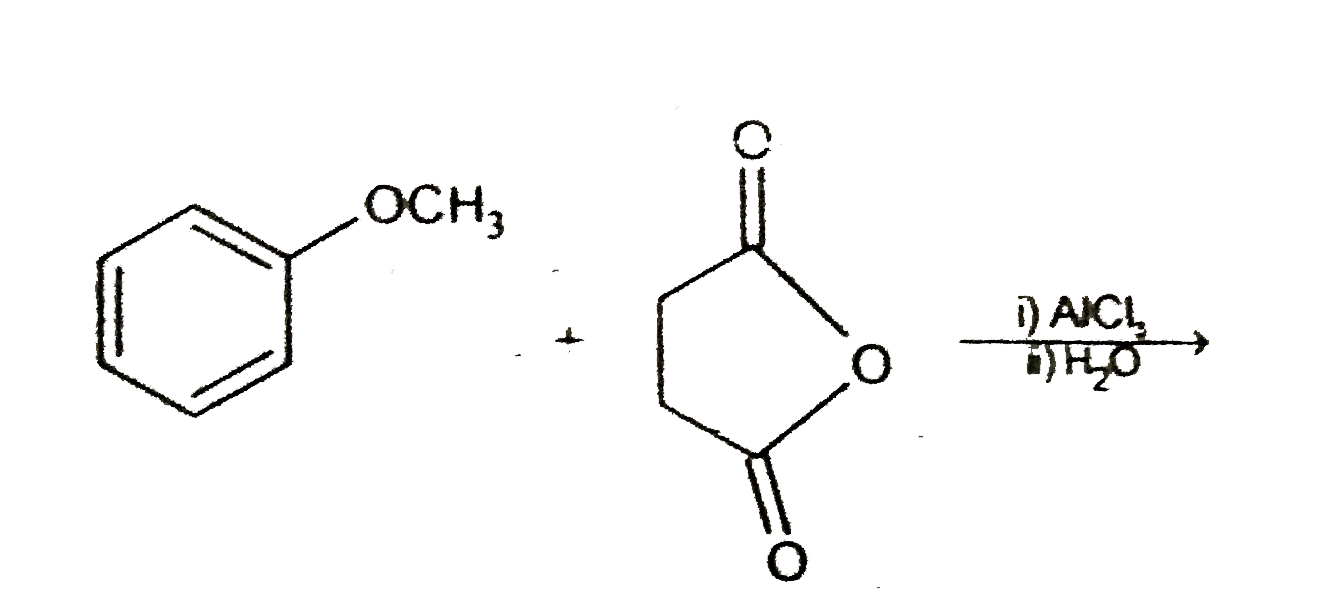 i.AlCl3−−−−→ii.H2OA
i.AlCl3−−−−→ii.H2OA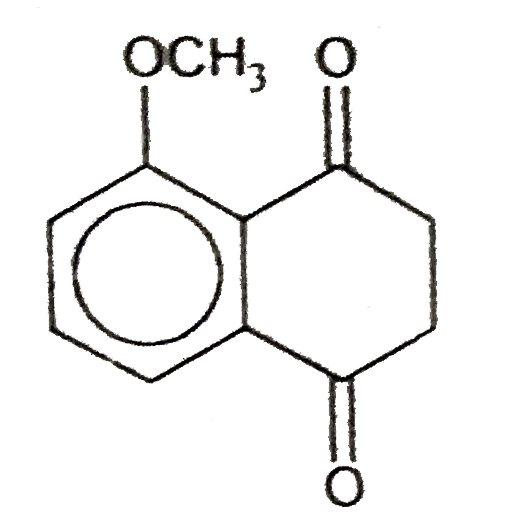 B
B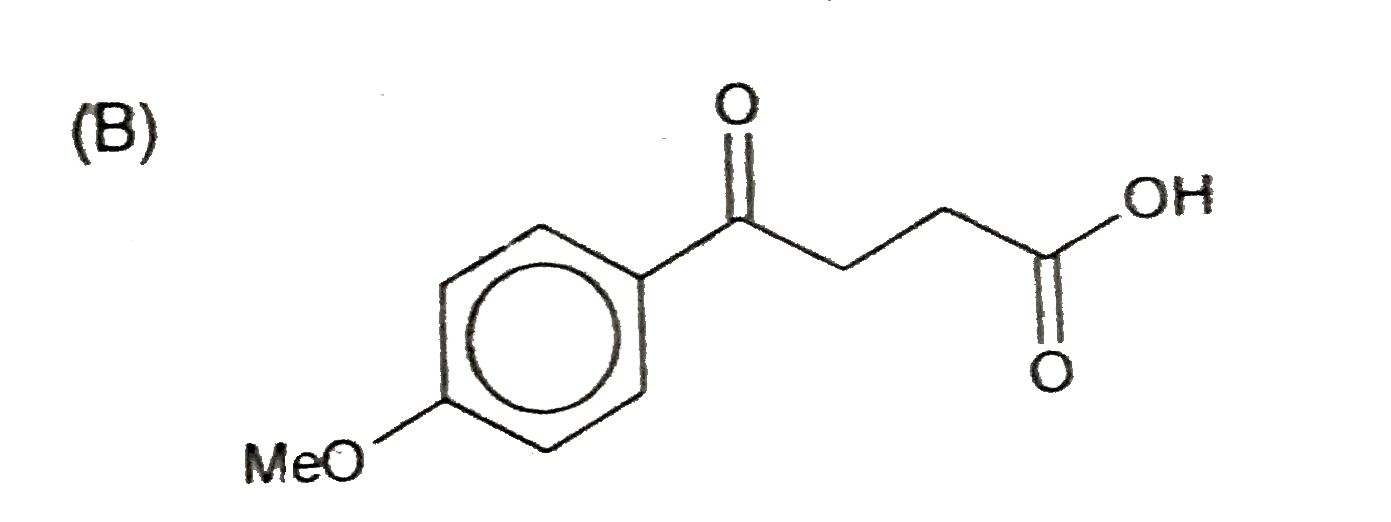 C
C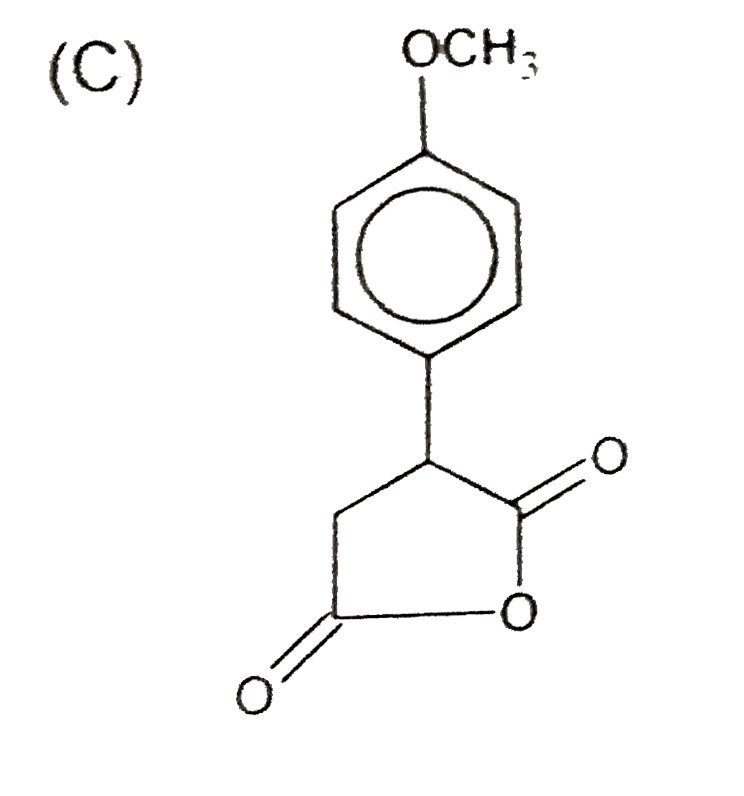 D
D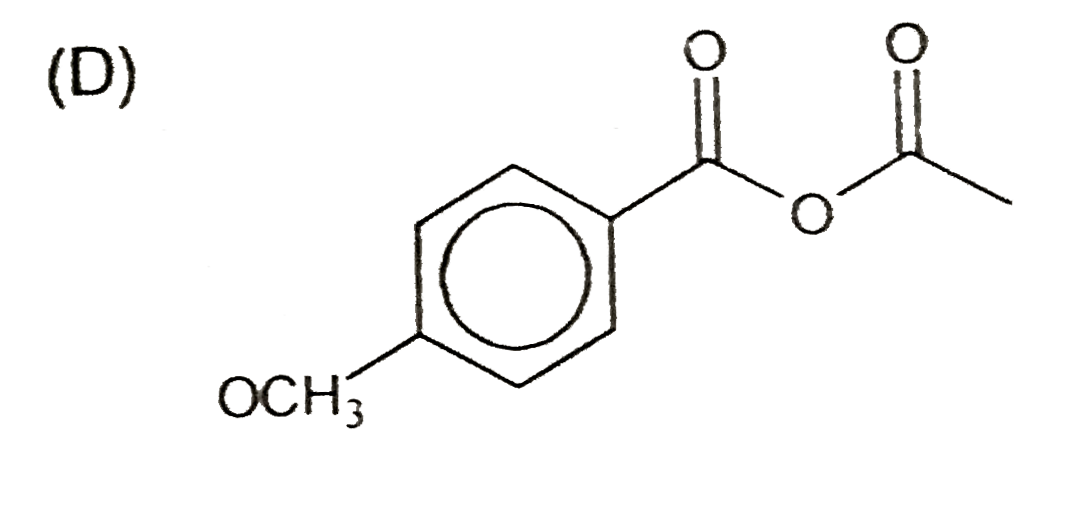
Which of the following haloalkanes reacts with aqueous KOH most easily ? Explain giving reason.
(i). 1-Bromobutane
(ii) 2-Bromobutane
(iii) 2-Bromo-2-methylpropane
(iv). 2-Chlorobutane.
View SolutionOut of the following resonating strictures for CO2 molecule, which are important for describing the bonding in the molecule and why ? ⋅⋅:O=C(I)=⋅⋅O: +O⋅⋅=C(II)−⋅⋅O:⋅⋅− ⋅⋅:O⋅⋅−=C(III)−+O⋅⋅ ⋅⋅:O⋅⋅−−C(IV)2+−⋅⋅O:⋅⋅−
View SolutionIdentify the compounds A, B and C in the following reaction :
CH3−BrMg/ether−−−−−→(A)(i)CO2−−−−−→(i)Water(B)CH3OH/H−−−−−−→Δ(C)
View SolutionR - 2 bromooctane (i)Mg−−−−−−→(ii)CO2 (iii) H+Xi[X] is
View SolutionDecreasing order of stability for the following radicals is :
C(I)H2=⋅CH,⋅C(II)H2=CH2,

View Solution
